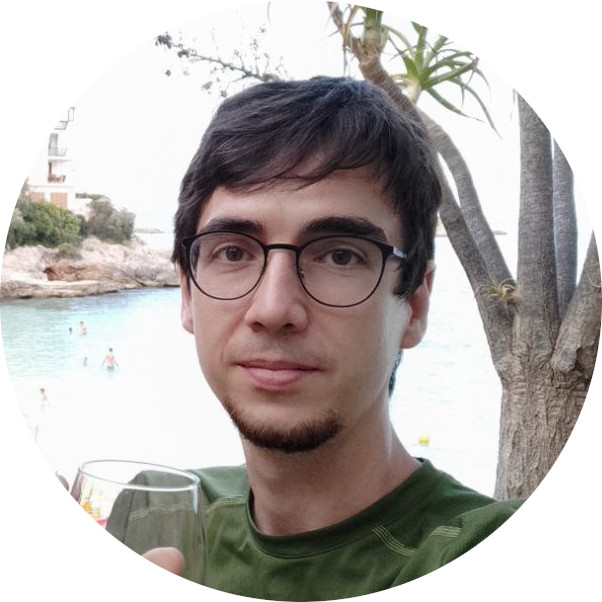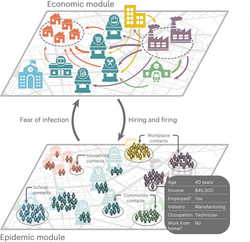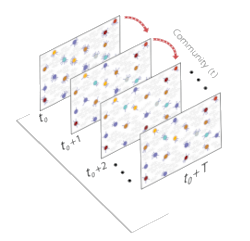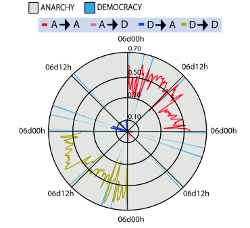Alberto Aleta

Ramón y Cajal fellow
University of Zaragoza
Zaragoza, Spain
I am a data/network scientist currently working at the Institute for Biocomputation and Physics of Complex Systems (BIFI) at the University of Zaragoza, Spain. I would summarize my research interests simply by using the title of my Ph.D. thesis: “Networks, Epidemics, and Collective Behavior: From Physics to Data Science.”
I enjoy all aspects related to data, from acquisition to visualization. Consequently, it’s challenging for me to focus on just one specific field. However, due to my background in physics, I am particularly interested in unraveling the mechanisms producing the data. Rather than solely focusing on finding correlations and making uninformed predictions, my aim is to understand the dynamic processes that generate it.
Additionally, I have a passion for software engineering, which is why I am currently studying for a bachelor’s degree in computer engineering during my free time. I am currently working on a few projects that I plan to release soon. Stay tuned!
Below, you will find my contact information if you’d like to chat. You can also check out my publications to see my works. I would also recommend visiting the resources section, which is currently brief, but I hope to expand it soon.
Selected publications
2023
-
 Nat. Hum. Behav., 2023
Nat. Hum. Behav., 2023
2022
-
 Proc. Natl. Acad. Sci. U.S.A., 2022
Proc. Natl. Acad. Sci. U.S.A., 2022
